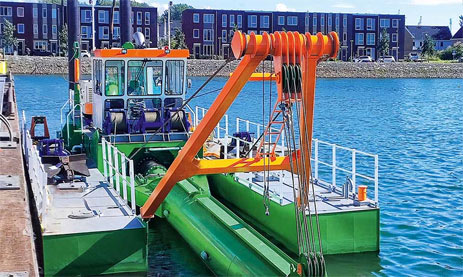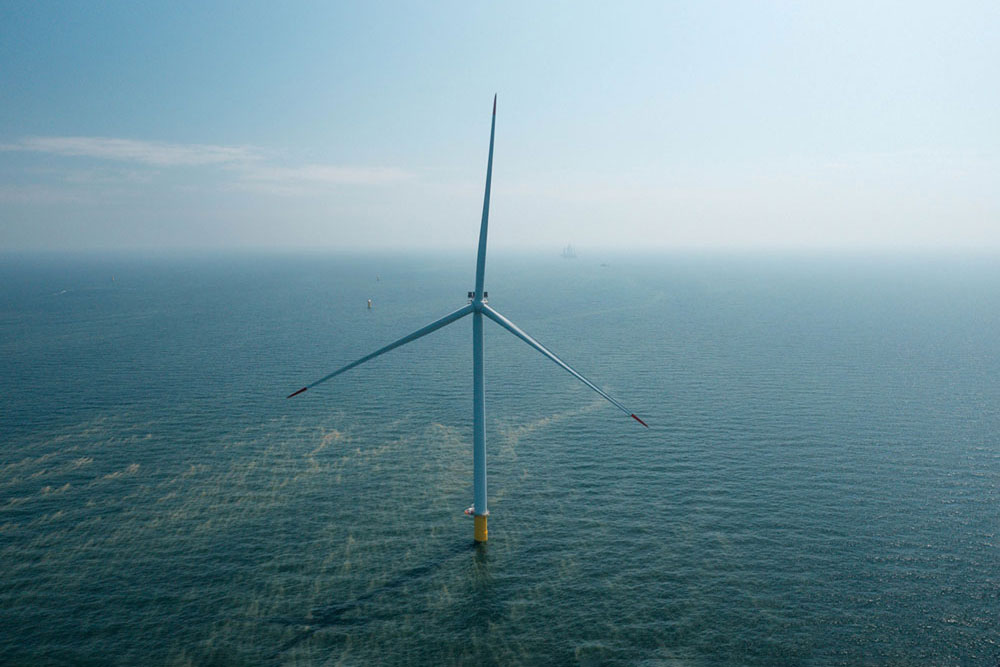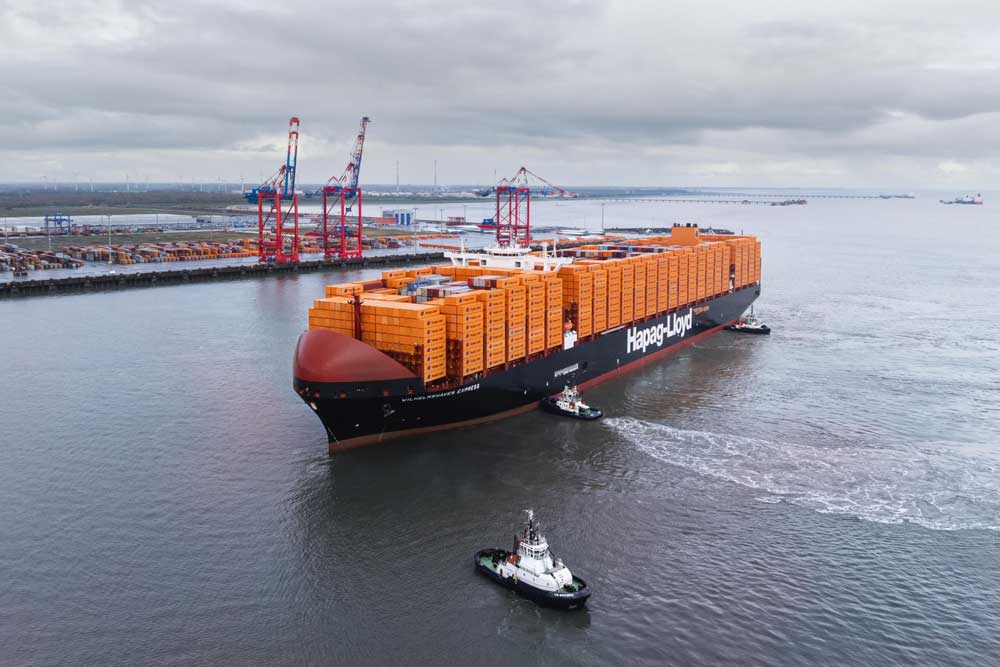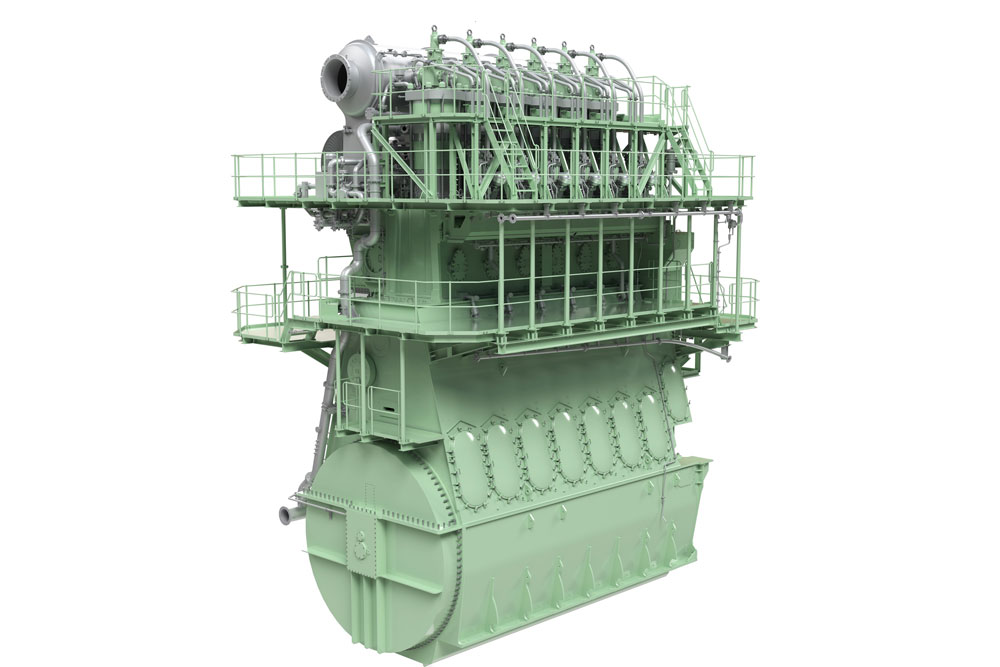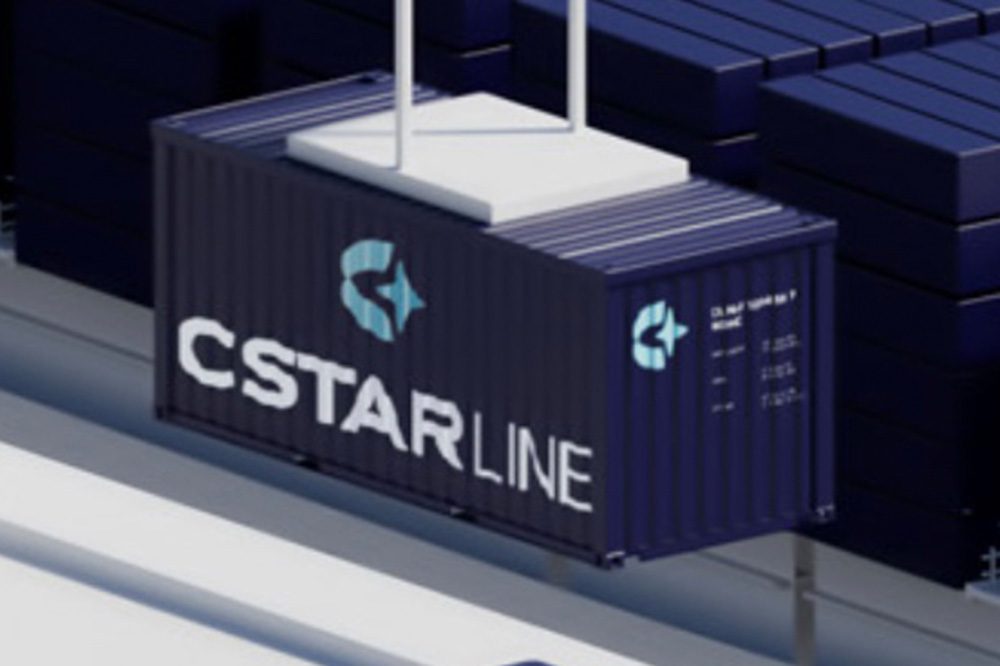The EU Emissions Trading Scheme (EU ETS) could cost Asian shipping companies around €500 million this year. How expensive it will end up being depends on the fluctuating carbon price.
As soon as the EU Emissions Trading Scheme (EU ETS) is fully implemented, Asian shipowners with ships sailing to and from Europe will have to reckon with estimated emissions obligations of over €1 billion, according to calculations by the Hamburg-based company OceanScore. Companies registered in China and Singapore will bear the greatest burden. [ds_preview]
According to Oceanscore, Asian-based Document of Compliance (DoC) holders will ultimately have to surrender a total of between 15 and 16 million EU Allowances (EUAs) or carbon credits for journeys to and from the EU, which will apply to 50% of emissions, while port calls and transit journeys within the EU will be charged at 100%.
OceanScore, which launched its web-based ETS Manager for EUA trading last year, estimates that the EU ETS will cost Asian shipowners around €500 million this year if they have to pay for 40% of their emissions, rising to 70% in 2025 and 100% in 2026 as part of the three-year rollout of the regulation.
According to the company, the EU ETS, which came into force on January 1, 2024, will affect around 4,000 Asian-flagged ships, which is around a third of the total 12,500 cargo and passenger ships over 5,000 GT currently covered by the EU ETS. These are owned or operated by 400 DoC holders, including large companies such as Chinese shipping company Cosco, Hong Kong-based Anglo Eastern Ship Management and South Korea’s HMM, with around half of the affected ships operated by non-EU DoC holders.
EU ETS costs fluctuate with CO2 price
The estimated total cost of €1 billion for Asian shipping, based on the expected amount of EUAs to be surrendered by regional DoC holders from 2026, depends on the fluctuating carbon price, which is currently at a relatively low level of around €55/t, having fluctuated between €80 and €100/t over the past year.
The carbon price is dictated by supply and demand for EUAs, with the amount of allowances available for trading under the cap-and-trade system set to gradually reduce over time to incentivize investment in measures to reduce shipping emissions.
Co-Managing Director of OceanScore, Albrecht Grell, says that a total of almost 80 million EUAs will need to be surrendered by the shipping industry once the EU ETS is fully implemented. 40% of these will come from companies in non-EU countries, including the UK, Norway and Turkey.
OceanScore forecasts that around 5.5 million EUAs will need to be surrendered by companies based in China and Hong Kong and 5.4 million by players from Singapore when fully implemented, with the remainder coming from Japan (1.6 million), South Korea (1.2 million) and India (1.1 million). If other Asian countries such as Thailand and Malaysia are included, the total number of EUAs required rises to 20 million.
When breaking down the costs for individual companies, OceanScore has calculated that a company with 15 ships would have to surrender just over 300,000 EUAs, which would mean costs of €16.5 million based on the current carbon price.
European shipping companies already better prepared for EU ETS
Journeys to and from Europe account for around 59% of the emissions covered by the EU ETS, compared to 41% for journeys and port calls within Europe, although the cost burden is still lower than for European domestic traffic due to the liability factor of 50%. Long haul shipments to the EU can be broken up by stopovers at transhipment ports to reduce the emissions burden, but Grell says that “we don’t see many people seriously discussing this” as it has a negative impact on fuel costs, waiting times, extra distance travelled and other inefficiencies.
Asian companies make up about 25% of the total 1700 DoC holders who now have to comply with the regulation, which mainly engages European owners with an EU-centric deployment pattern for their vessels. “We are finding that European owners have generally started preparing for EU ETS compliance earlier, as it is closer to home and therefore perceived as having a more tangible financial impact on their operations,” says Grell.
“It is also generally easier for EU-based companies to set up accounts in the Union Registry required to deal with EUAs and gain access to trading platforms, which is more difficult for companies based in non-EU countries due to the sometimes quite complex KYC (Know Your Customer) processes,” says Grell.
In addition to these administrative obstacles, non-EU players are also disadvantaged by the fact that they have to catch up with the EU’s late completion of transposition laws to avoid being caught on the wrong foot when collecting and subsequently submitting EUAs. Under these measures, the shipowner has been assigned responsibility for reporting emissions and submitting EUAs, but this can be transferred to the technical manager if an agreement has been reached.








